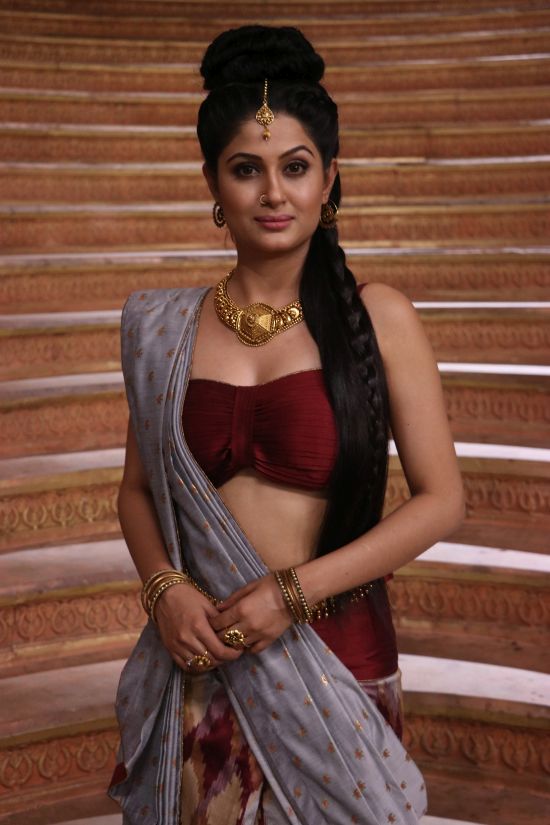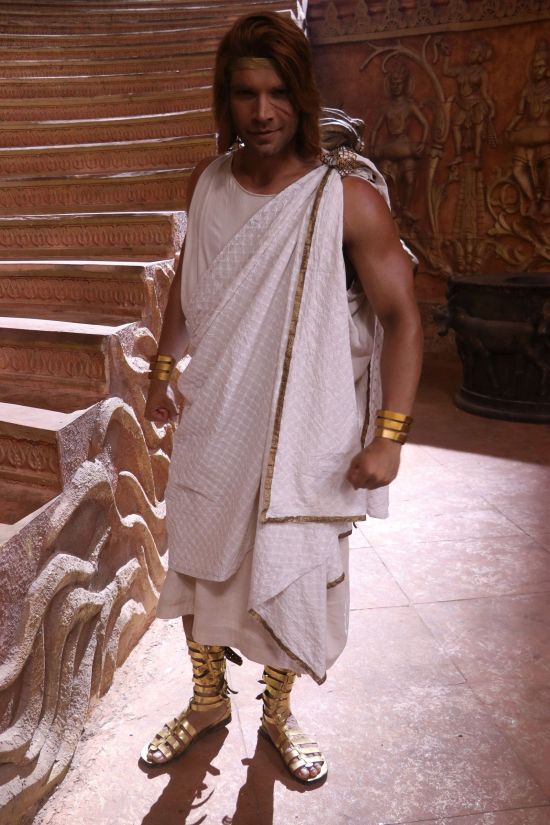

The structure of the palace itself includes mazes, secret and underground passages, hollow pillars, hidden staircases, collapsible floors. while the outermost of all, communicating with the exterior, is occupied by an armed retinue, and by ministers and connexions.Įverything bespeaks precaution. The next is the station of a sham body-guard of dwarfs, hunchbacks, wild men, etc. In front of these is the innermost court, where the king on awakening is saluted by the various domestic officials, and, according to Aelian also by an elephant. The palace is a walled building, with the women’s apartments, gardens, and tanks in the rear. ”It is manifest,” says Vincent Smith, “that a high degree of material civilization had been attained, and that all the arts and crafts incident to the life of a wealthy, cultured city were familiar.’) Students flocked to Taxila as in the Middle Ages they flocked to Paris there all the arts and sciences could be studied under eminent professors, and the medical school especially was held in high repute throughout the Oriental world.( The excavations of Sir John Marshall on the site of Taxila have unearthed delicately carved stones, highly polished statuary, coins as old as 600 B.C., and glassware of a fine quality never bettered in later India.

It was both a military and a university town, strategically situated on the main road to Western Asia, and containing the most famous of the several universities possessed by India at that time.
#CHANDRAGUPTA MAURYA SERIAL DATED 8TH JULY 2019 MANUAL#
There was a certain Oriental ostentation in this culture, as in the use of gold vessels six feet in diameter ” but anĮnglish historian concludes, from the testimony of the literary, pictorial and material remains, that “in the fourth and third centuries before Christ the command of the Maurya monarch over luxuries of all kinds and skilled craftsmanship in all the manual arts was not inferior to that enjoyed by the Mogul emperors eighteen centuries later.” Its pillars were plated with gold, and ornamented with designs of bird- life and foliage its interior was sumptuously furnished and adorned with precious metals and stones. The palace of the King was of timber, but the Greek ambassador ranked it as excelling the royal residences of Susa and Ecbatana, being surpassed only by those at Persepolis. Megasthenes describes Chandragupta’s capital, Pataliputra, as nine miles in length and almost two miles in width. There were also forts on the frontiers or in special situations, such as in the middle of lakes or swamps, hidden in forests, or perched on heights. They ranged from the market town (samgrahana), serving the uses of ten villages, through the county towns (kharvataka and dronamukha at a river’s mouth) for 200 or 400 villages, the provincial capital (sthaniya, or Thana), the great city (nagara, pura) or port (pattana) to the royal capital (rajadhani), all provided with defences of varying solidity. Towns were numerous, in so much that the Greeks report as many as two thousand placed under the rule of Porus, and Megasthenes ascribes some thirty to the Andhra country alone. Communications were maintained by couriers, while in the woods roamed trappers and forest-rangers. The Greeks make special mention of the ‘royal route’ from the N.W. Arrian describes it as “a large and prosperous city” Strabo saysRoads were constructed by the royal officers, and at intervals of ‘ten stades’ were sign-boards noting turnings and distances.

Its ruins lie for the most part under the modern city of Patna-Bankipore and part of its ancient rampart has been found in situ. The imperial capital Pataliputra or Kusumapura, the Palibothra of the Greeks, which was situated on the south side of the Ganges, to the east of its confluence with the Sun, is described by Megasthenes. The oldest of the two thousand cities of northern India in Chandragupta’s time was Taxila, twenty miles northwest of the modern Rawalpindi.

Concerning the condition and organization of the vast Maurya empire the Greeks have provided us with a considerable body of valuable information : and, as the Arthashastra furnishes the means of describing the complete polity existing at the time, its land system, its fiscal system, its administrative system, its law, its social system, with some view of literature and religion. The Greek gave a pleasant, perhaps a lenient, account, of Hindu life in his time. Ed, Ph.D.įormer Principal, K.L.D.A.V.(P.G) College, Roorkee, India


 0 kommentar(er)
0 kommentar(er)
